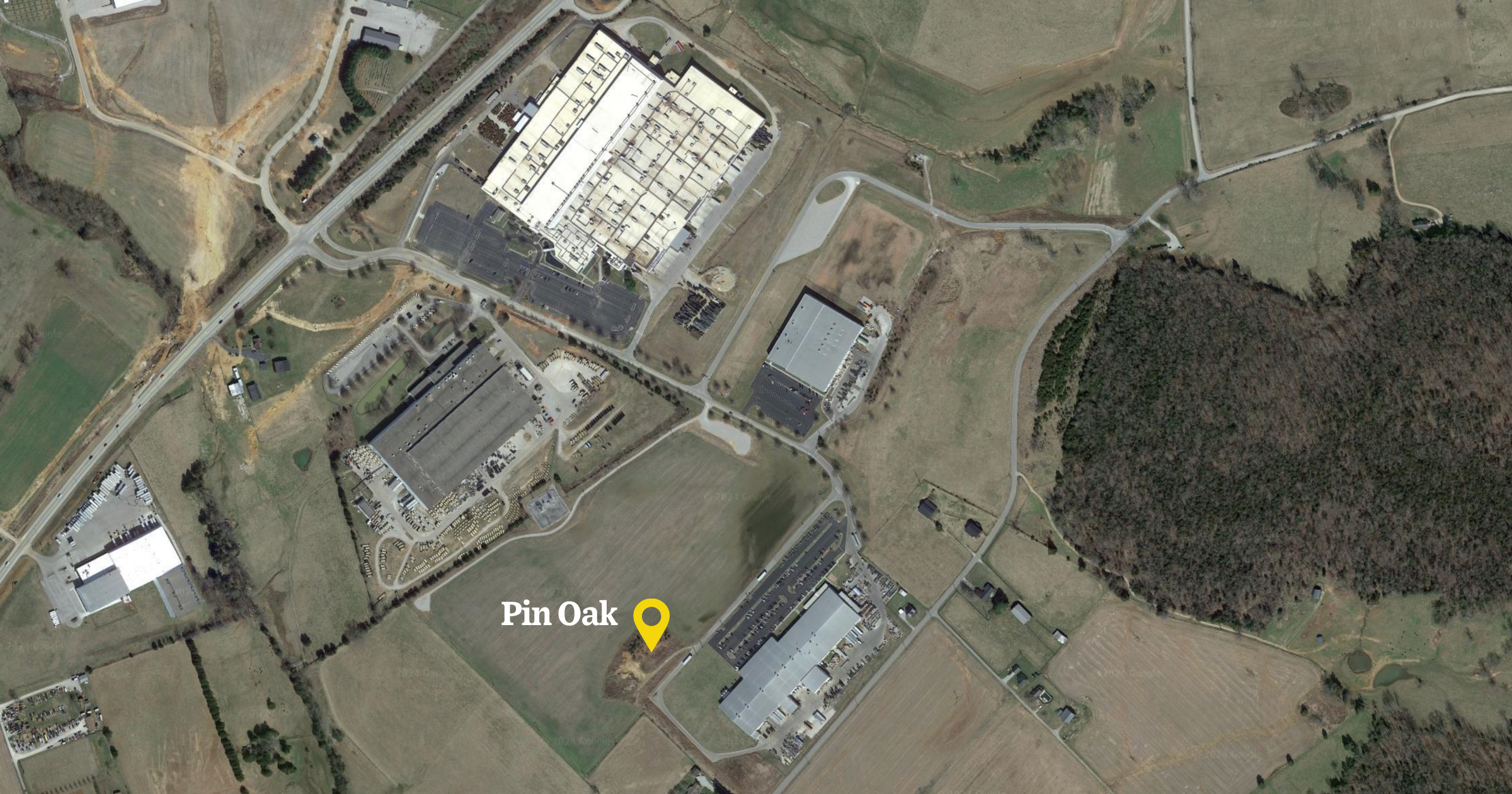2-acre area called Pin Oak appears to have been a small village occupied 1,500 years ago
Nearly 30 years after archaeologists first discovered prehistoric artifacts on 35 acres within Valley Oak Commerce Complex in eastern Pulaski County, a smaller section of this site known as Pin Oak has been added to the National Register of Historic Places.
The Somerset-Pulaski Economic Development Authority (SPEDA) nominated the two-acre tract to the National Register in 2022 upon learning of its existence when going through surveys and deed work left behind by SPEDA’s predecessor organization, the Somerset-Pulaski County Development Foundation. The site, located on a large area of green space between what is now Hendrickson International and Gatormade Trailers, appears to have been a small Middle Woodland village occupied some 1,500 years ago, one of the few villages of this period to be documented in Pulaski and surrounding counties.
The artifacts, which date back to around 430 A.D., were first uncovered in 1994. Valley Oak Commerce Complex had already been developed and the foundation was planning its first addition to the park when, as is often required in industrial development, foundation officials requested an archeological survey of the site to ensure it was developable.
Dr. Jack M. Schock of Arrow Enterprises surveyed the property between Oct. 12, 1994, and Jan. 16, 1995, and conducted a second testing phase in December 1996 and January 1997. Schock’s work uncovered something significant — a central plaza surrounded by an unknown number of circular houses with overlapping patterns that would suggest the homes were occupied over several years, as well as limestone-tempered ceramics, lithics, animal bone and fire-cracked rock.

While preliminary negotiations between the Kentucky Heritage Council and the development foundation resulted in the foundation agreeing not to develop the site, SPEDA President and CEO Chris Girdler said it was clear upon reviewing existing documents that nothing further had been done to note this property’s historical significance. After speaking to the Kentucky Heritage Council, he reached out to Western Kentucky University’s Kentucky Archaeological Survey for assistance in nominating this site for the National Register of Historic Places.
“When we realized what we had been sitting on all this time, we knew we had to be proactive and publicly recognize this property’s historical significance,” Girdler said. “This village existed during a period close to when Jesus walked the Earth, and now this property sits in the middle of a major industrial complex. It’s crazy to think about.”
But that’s exactly what Girdler wants people to do when they travel through this industrial complex — think about it. Soon after SPEDA nominated the property to be listed on the National Register of Historic Places, Girdler began talking to Somerset Community College (SCC) instructors about providing educational opportunities at the site. He has discussed creating a virtual experience where people can walk back in time to see what this settlement may have looked like 1,500 years ago. And he has engaged SCC’s 3D printing department about recreating some of the artifacts Schock discovered during his survey.
SPEDA has immediate plans to fence the site, create a walking trail, and add signage describing what has been discovered at this property, Girdler said.
“I cannot thank the Kentucky Archaeological Survey and Director David Pollack enough for helping us navigate this process,” Girdler said. “I think it’s a wonderful thing to preserve this land, to protect this green space in the middle of an industrial complex as a symbol of our desire to preserve and honor our history and heritage. SPEDA values Somerset and Pulaski County’s past and is working to strengthen the present and build for the future. This is a way in which we honor our past and we are proud to do it.”

